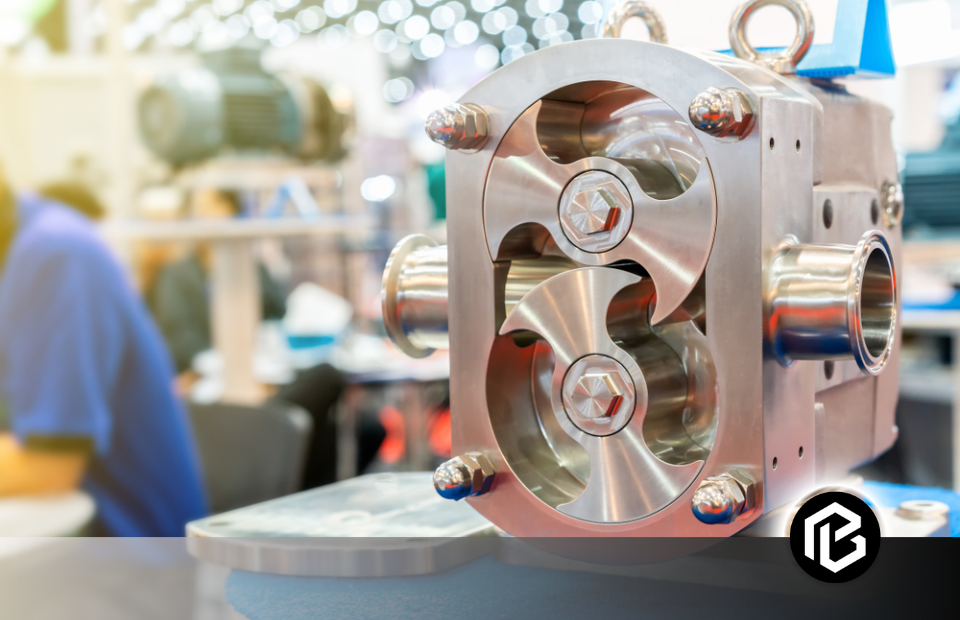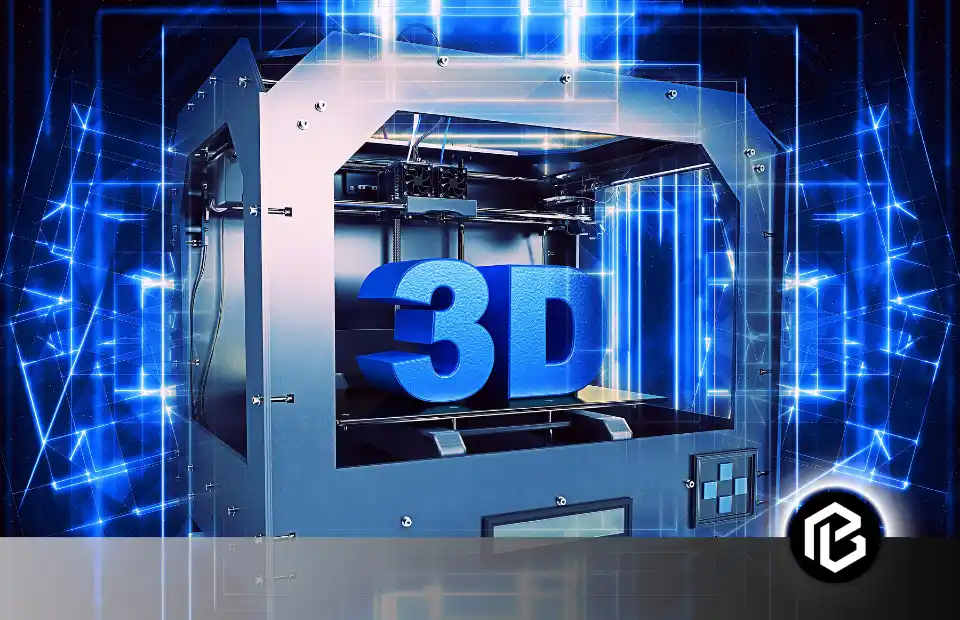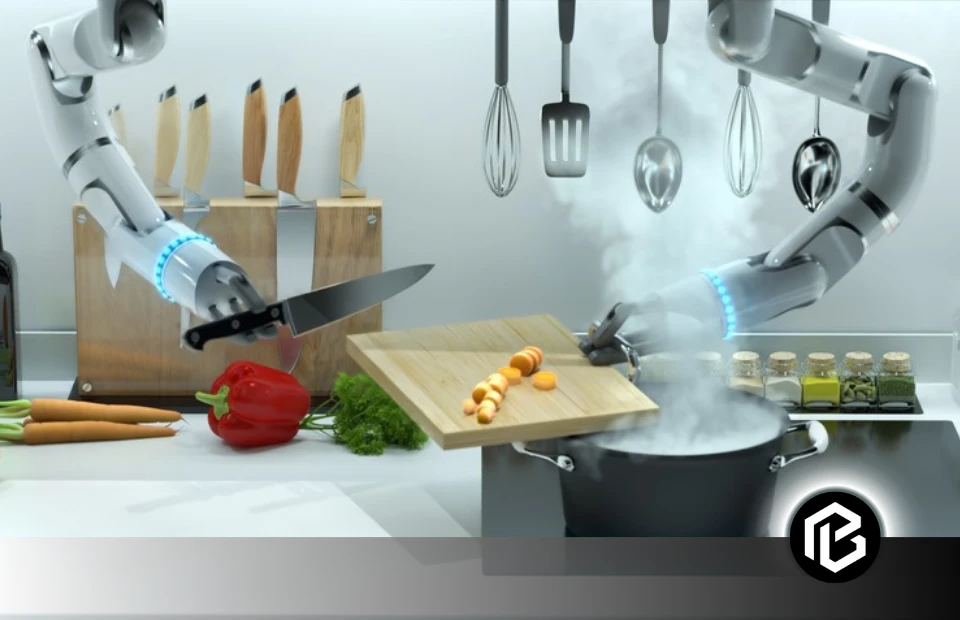Vacuum technology is the basis of modern industrial and scientific progress. This advanced technology involves creating and maintaining environments in the absence of air and other gases. By removing atmospheric pressure, vacuum technology opens up many possibilities in various fields. Vacuum technology drives innovation and efficiency.
Vacuum technology started in the 17th century when scientists, Evangelista Torricelli and Blaise Pascal experimented with the principles of vacuum. Vacuum technology gives us many benefits like lower maintenance costs, reduced environmental impact, and improved energy efficiency. Over the centuries, advancements in engineering and materials science pushed vacuum technology to heights in industries from manufacturing to aerospace.
How Vacuum Technology Works?
Vacuum technology depends on the principles of pressure differential. At its core, vacuum technology relies on creating a pressure differential by removing air molecules from a confined space. This pressure variance produces unique physical properties that find applications in diverse sectors.
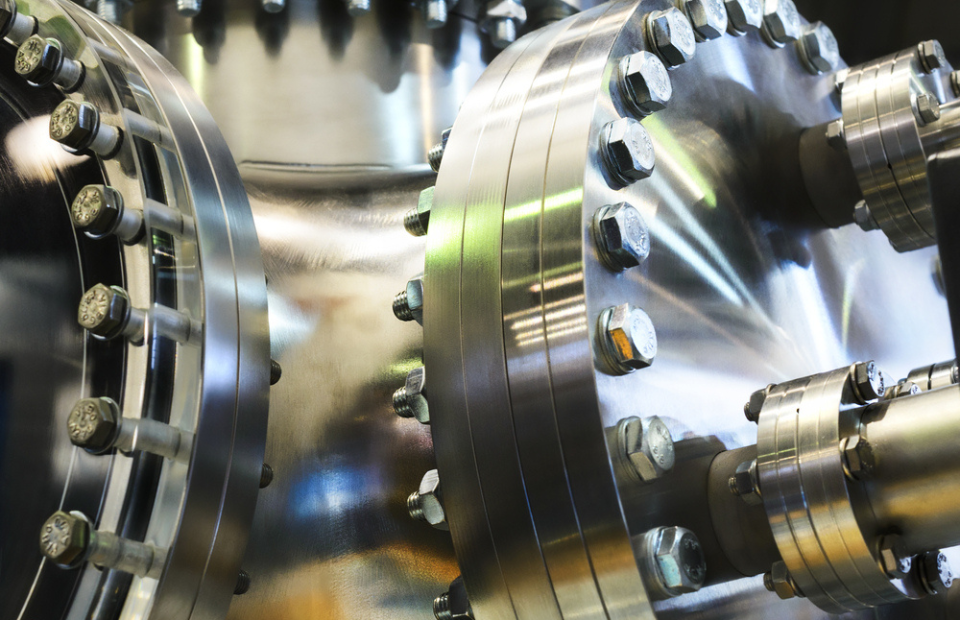
Gases play an important role in vacuum technology. So it’s very essential to understand the behavior of gases in vacuum systems. Gas behaviour under low-pressure conditions determines the efficiency and safety of vacuum processes.
Energy Efficiency
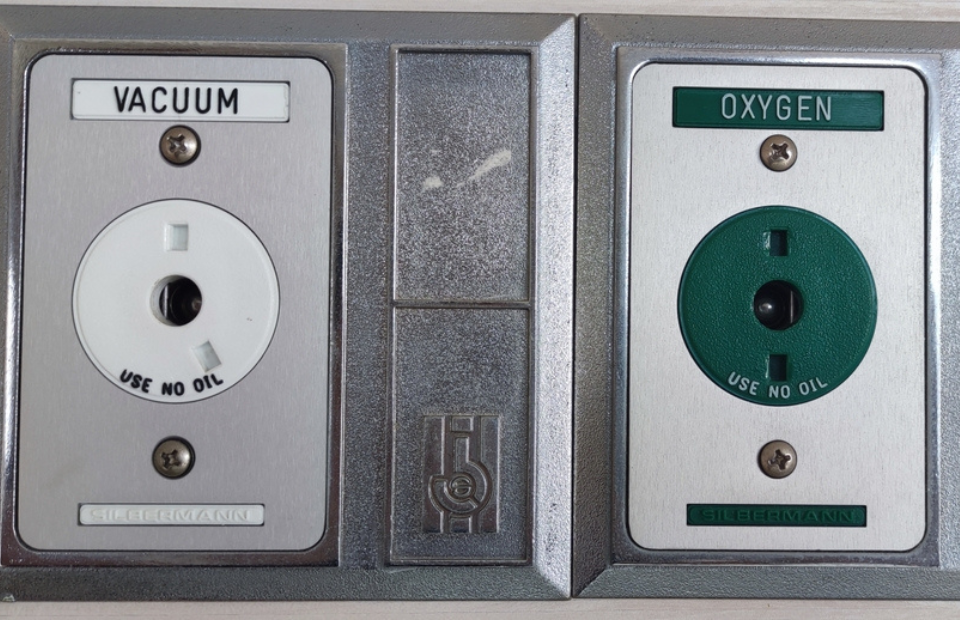
Vacuum insulation technology is a game-changer in the construction industry. It offers superior thermal insulation by eliminating the conductive properties of air.
In this technological world, maintaining a sustainable environment is very important for us. Industries adopt Green technology innovations practices while using vacuum technology to enhance energy efficiency. Processes such as waste heat recovery and eco-friendly material production benefit from vacuum-based innovations.
Waste Reduction

Vacuum packaging increases the life of food products and reduces food waste. This technique also minimizes packaging material usage, contributing to a more sustainable supply chain.
Vacuum technology proved very efficient removal and treatment of industrial waste. It also reduces the waste impact on the environment and promotes responsible waste management practices.
Benefits of Vacuum Technology in Various Industries
Vacuum Technology has many benefits in various industries.
1. Vacuum Technology in Manufacturing
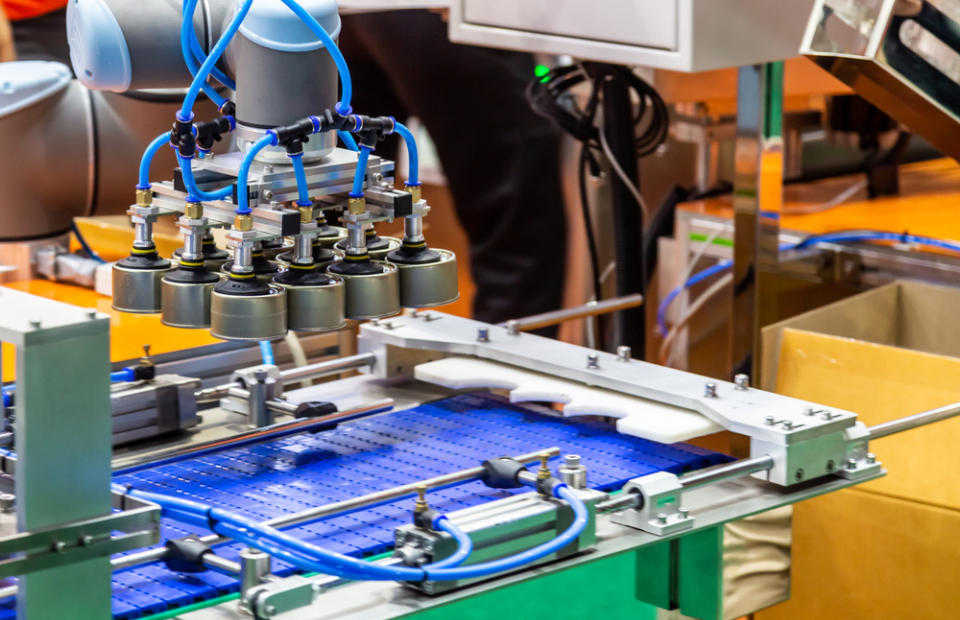
The use of vacuum technology in material handling processes increases production, ensuring precision and reducing waste. Vacuum lifters and conveyors enhance efficiency in moving materials across manufacturing facilities.
Vacuum forming and moulding techniques revolutionize the manufacturing of plastic and composite materials. This will increase production as well as enhance the quality and consistency of the final products.
2. Electronics and Semiconductors
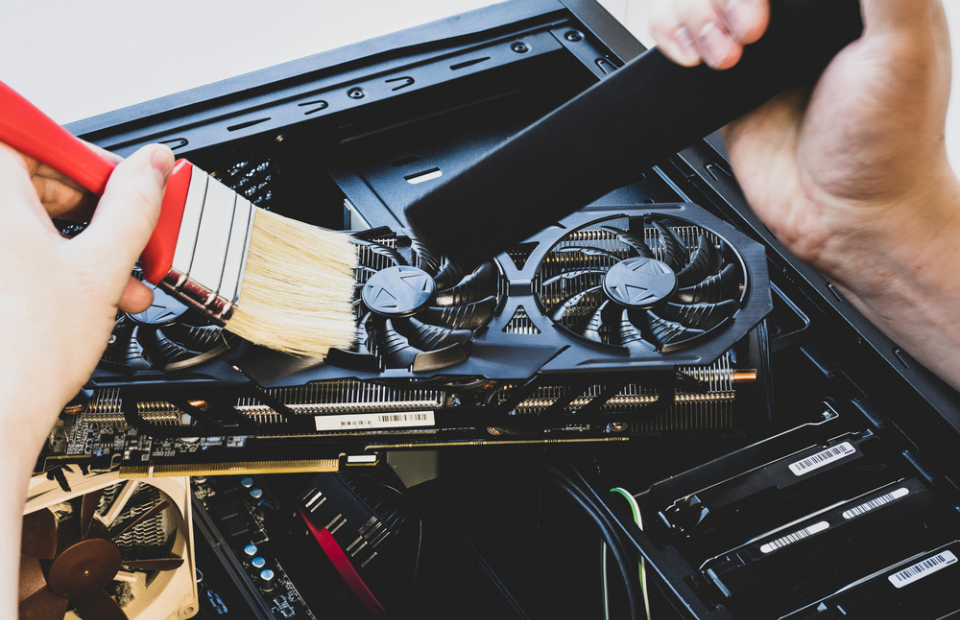
Maintaining a favourable environment is critical in electronics manufacturing. Vacuum technology plays an important role in cleanroom operations, ensuring the absence of contaminants during the production of delicate components.
In semiconductor manufacturing, vacuum technology enables the precise deposition of thin films on substrates. This is a fundamental process in creating microchips and electronic devices.
3. Vacuum Technology in the Medical Field
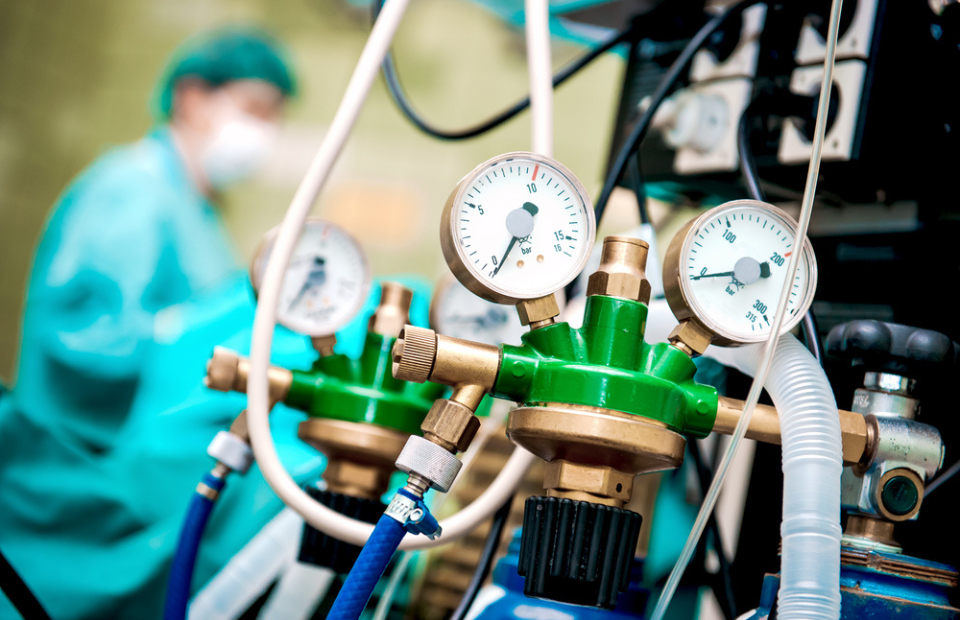
Vacuum tubes play an important role in blood collection, ensuring accurate and uncontaminated samples for diagnosis. In surgical applications, vacuum technology is used in wound drainage systems and tissue retraction.
Accelerating vaccine development requires precise control over conditions. Vacuum technology contributes to maintaining germs-free environments which is very important for pharmaceutical research. Vacuum sealing and storage enhance the age of vaccines, ensuring their efficacy over an extended period.
4. Vacuum Technology in Space Exploration

Ion propulsion systems depend on vacuum conditions, and propel satellites with greater efficiency. It reduces fuel consumption and extends mission durations.
Understanding and simulating space vacuum conditions on Earth are essential for testing and developing space technologies. So vacuum technology helps us in this regard.
5. Vacuum Technology in Scientific Experiments
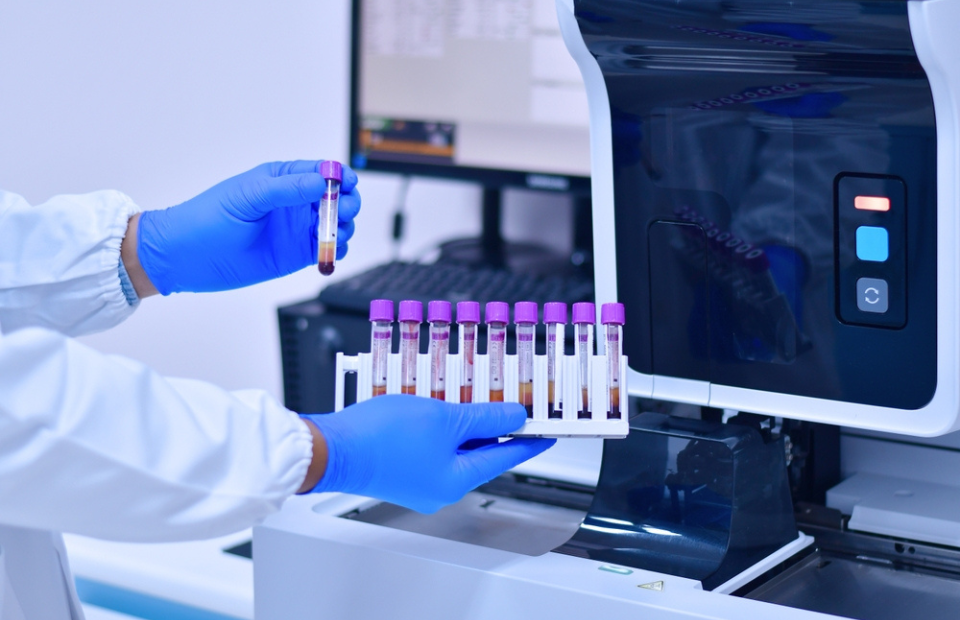
Research laboratories consist of various vacuum chambers to create controlled environments for studying materials and conducting experiments in physics, chemistry, and materials science.
Vacuum technology contributes to particle accelerators. It enables scientists to explore the fundamental building blocks of the universe.
6. Vacuum Technology in Everyday Life

Amazing vacuum cleaners which we can see everywhere are the best example of and integration of vacuum technology into everyday life. They provide efficient and convenient cleaning solutions.
Vacuum sealing for food preservation extends the life of different items as well as maintains the freshness and nutritional value of stored food.
Future Developments
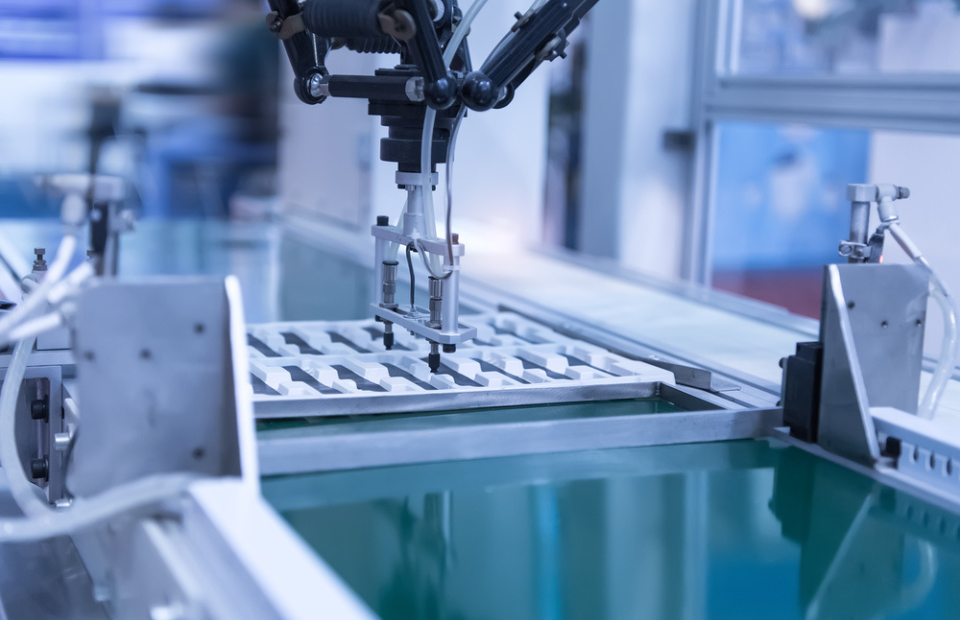
The intersection of nanotechnology and vacuum technology holds promise for groundbreaking advancements in small devices and materials.
vacuum technology and artificial intelligence open new avenues for technological innovation. In this era, artificial intelligence completely changed the way we live. The integration of AI in vacuum technology increased the productivity in our daily lives.
Conclusion
Playing with pressure, Vacuum Technology helps us come up with cool ideas and work more efficiently in different areas. It helps make buildings energy efficient and reduces waste in food packaging. We see it in making things, like electronics and medical tools, and even in exploring space.
This technology is very useful in our everyday lives, making things work better. Looking ahead, when we team up vacuum tech with new things like super tiny devices and smart computers, we can expect some awesome breakthroughs. So, in simple terms, vacuum technology isn’t just an old idea, it’s still shaping how we use technology today and in the future.
Frequently Asked Questions on Vacuum Technology
What are the primary benefits of vacuum technology?
The primary benefits of vacuum technology include its ability to remove air and contaminants from enclosed spaces, facilitate material processing and manufacturing processes, enable precise measurement and analysis in scientific research, and extend the lifespan and performance of mechanical systems.
How does vacuum technology contribute to manufacturing processes?
Vacuum technology contributes to manufacturing processes by enabling the production of high-quality products with improved surface finishes, reducing impurities and defects, enhancing material bonding and coating applications, and increasing efficiency and throughput in industrial production lines.
What role does vacuum technology play in scientific research?
Vacuum technology plays a crucial role in scientific research by creating controlled environments for conducting experiments and analyses in fields such as physics, chemistry, materials science, and nanotechnology, allowing researchers to study the behaviour of materials and substances under specific conditions.
What are some environmental benefits of vacuum technology?
Some environmental benefits of vacuum technology include reducing emissions and pollutants in industrial processes by minimizing the use of chemicals and solvents, conserving energy through efficient vacuum pump designs, and enabling the development of cleaner and more sustainable manufacturing technologies.


